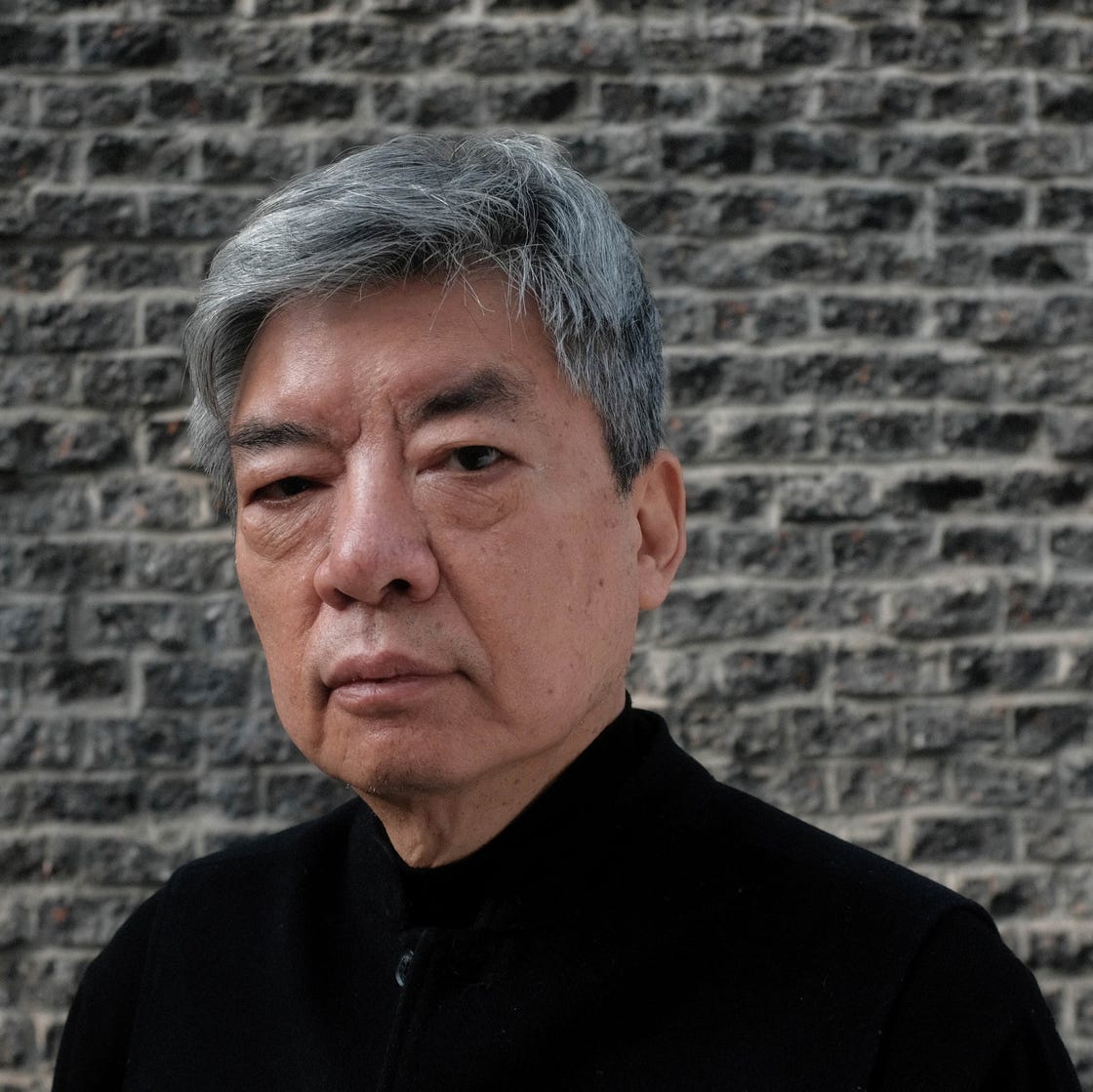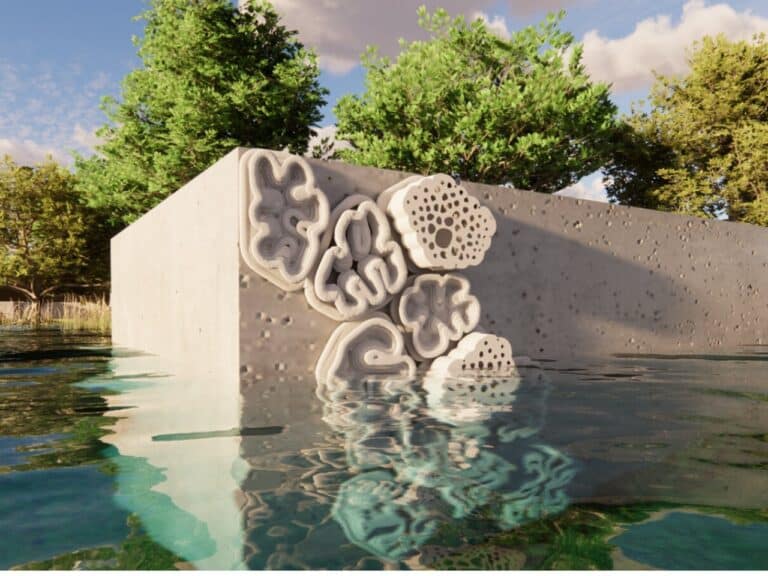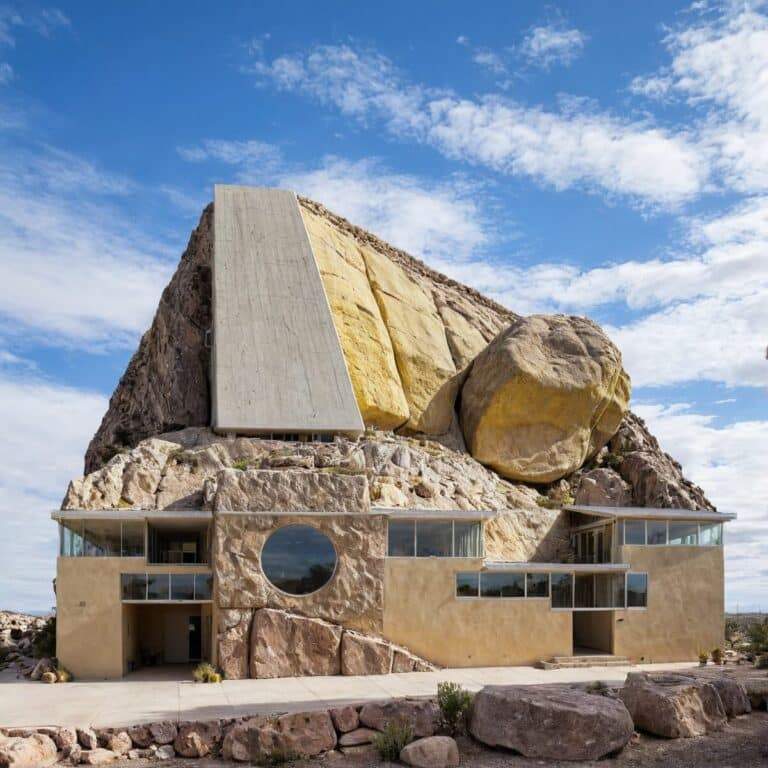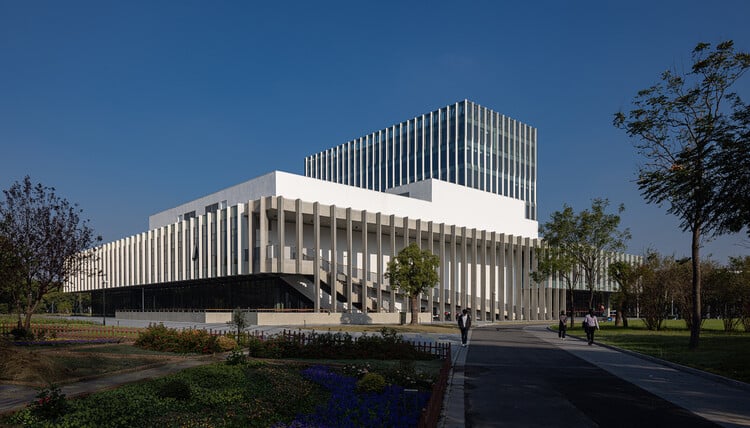In 2025, Chinese architect Liu Jiakun was awarded the Pritzker Prize for Architecture, a global honor recognizing individuals who make significant contributions to modern architecture. Liu is known for his designs that combine simplicity with humanity, deeply rooted in local contexts.
His focus on sustainable design and rejection of excessive ornamentation make him an example of a philosophy that sees beauty in function and interaction with the environment.
This article explores Liu Jiakun’s architectural vision, his most notable projects, and their impact on local communities. It also includes an analytical perspective from ArchUp on his achievements and how they fit into the global architectural landscape.
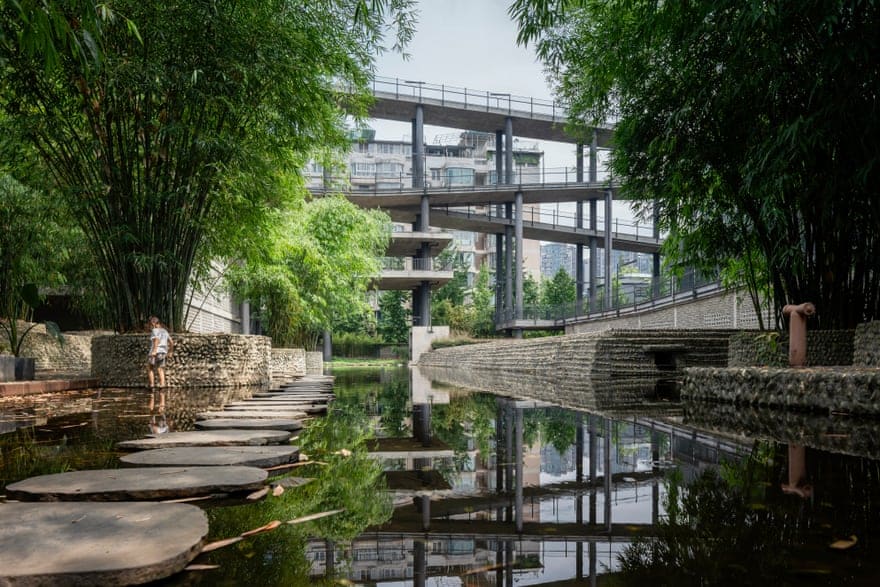
Liu Jiakun’s Vision Architecture as a Way to Connect People and Place
Liu Jiakun’s designs cannot be separated from their context. He does not view architecture as just a form but as an interactive experience that brings together history, culture, and the natural environment.You can clearly see this philosophy in many of Liu Jiakun’s projects, like the West Village Building in Chengdu, where he integrates public and private spaces to boost community interaction.
What stands out is his use of local materials and low-cost construction methods, making his projects accessible and adaptable to different communities.Liu Jiakun focuses on sustainable design and simplicity, shaping his unique architectural identity.

Notable Projects and the Philosophy Behind Them
| Project | Location | Year | Key Features |
|---|---|---|---|
| West Village Building (西村大院) | Chengdu, China | 2015 | A large concrete structure with internal green spaces and walking and cycling paths |
| Han River Cultural Center | Hangzhou, China | 2020 | A cultural center using traditional building techniques while respecting natural water lines |
What makes these projects stand out isn’t only the materials or forms used, but how Liu handles public space. He doesn’t just build buildings—he creates environments that support social activities and make people feel part of a real, lively place.
Liu Jiakun’s Impact on Global Architecture
Liu’s Pritzker win wasn’t just a personal achievement .it signaled a global shift in how people value architecture. After years dominated by Western models and overuse of technology, there seems to be a reevaluation toward architecture that focuses on humanity, sustainability, and connection to place .
The jury described Liu as an architect who respects culture, history, and nature, giving his designs a sense of time and a connection to the local environment. This suggests that the future of architecture may increasingly align with social and environmental values.

ArchUp’s Perspective: Human-Centered Architecture in the Age of Technology
Liu Jiakun’s success raises an important question: can architecture still be simple yet expressive? In an era dominated by digital design and industrial materials, Liu represents a quiet resistance to unnecessary complexity.
However, some criticism exists. While his designs are strong conceptually, they sometimes lack visual diversity—especially in larger-scale projects that require more flexible solutions. But perhaps this is exactly the challenge of true architecture: how to create open spaces that allow multiple interpretations without losing their cultural roots.
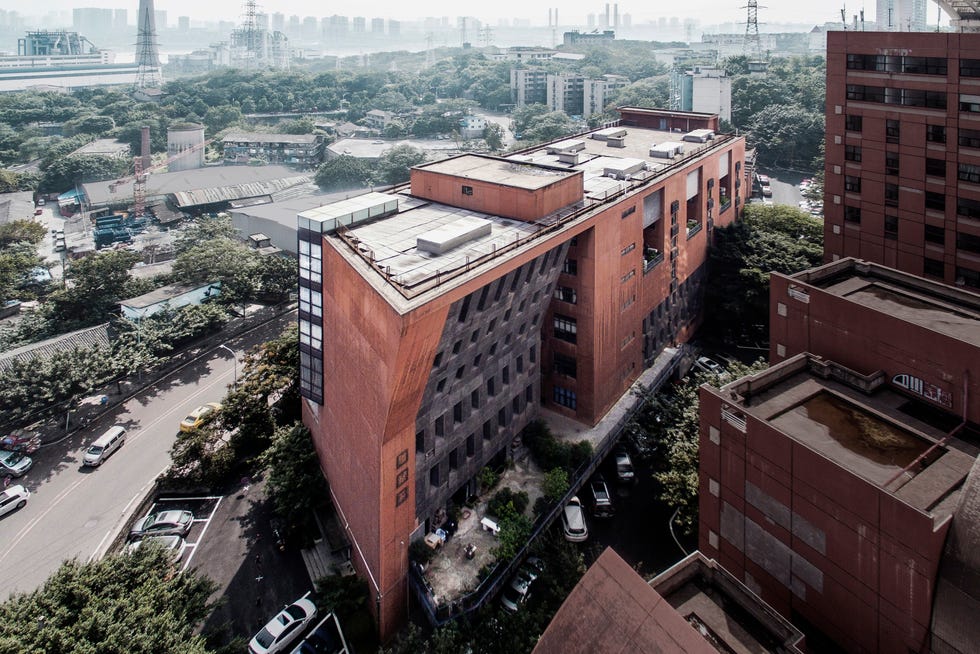
Frequently Asked Questions (FAQ)
Who is Liu Jiakun?
Liu Jiakun is a Chinese architect who won the Pritzker Prize for Architecture in 2025.Liu Jiakun focuses on sustainable design and simplicity in architecture, shaping his distinct architectural identity
Why did he win the Pritzker Prize?
The jury chose him for his ability to integrate architecture with local culture and for redefining the relationship between people and space through simple, functional designs.
Is Liu well-known internationally?
Yes, he has participated in several international exhibitions, including two editions of the Venice Architecture Biennale.
What does his win mean for architecture in Asia?
It reflects global recognition of the importance of architecture that respects cultural and environmental context a step forward in promoting this approach in developing countries.
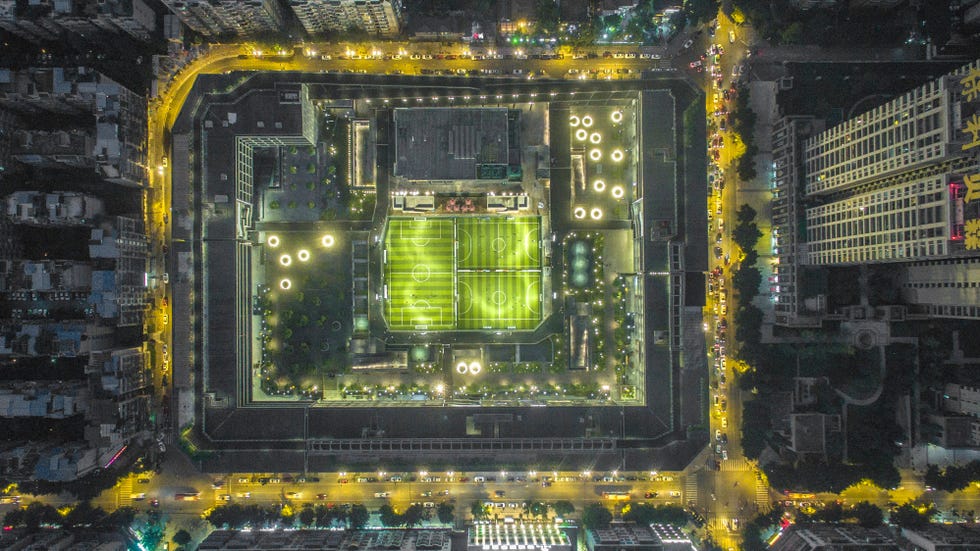
Summary Table of Key Points
| Topic | Details |
|---|---|
| Winner | Liu Jiakun |
| Award | Pritzker 2025 |
| Design Philosophy | Simplicity, humanity, sustainability |
| Global Impact | Redefining architecture with a focus on community and location |
| Criticism | Sometimes lacks visual diversity despite strong conceptual ideas |
Conclusion
Liu Jiakun represents a new model of modern architecture.one that doesn’t rely on technical showmanship or visual spectacle, but on the quiet strength of simplicity and function. His Pritzker win is not only a personal milestone but also a clear message: architecture can be a tool to rebuild connections between people and place.

